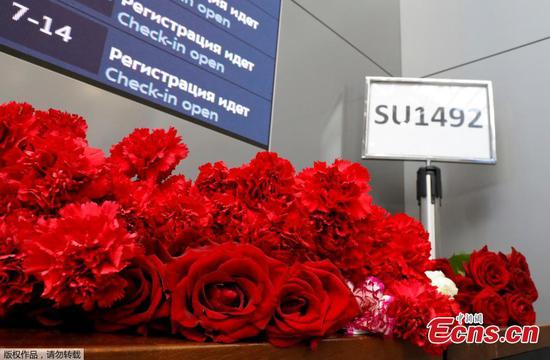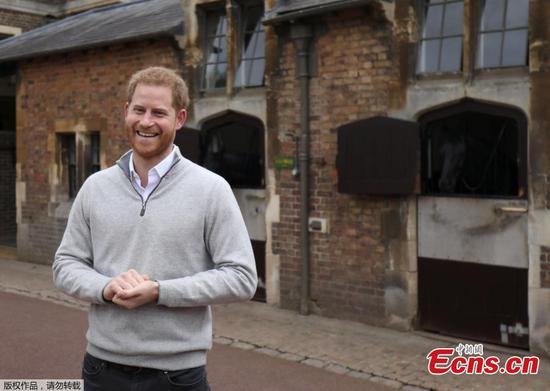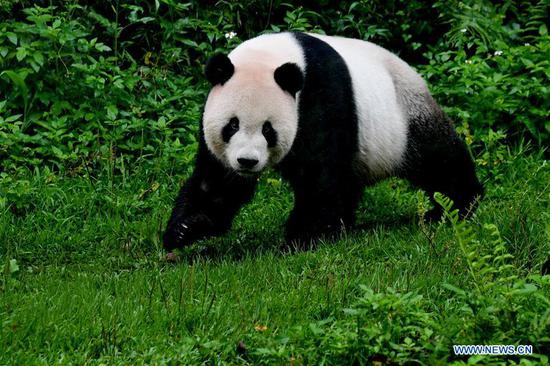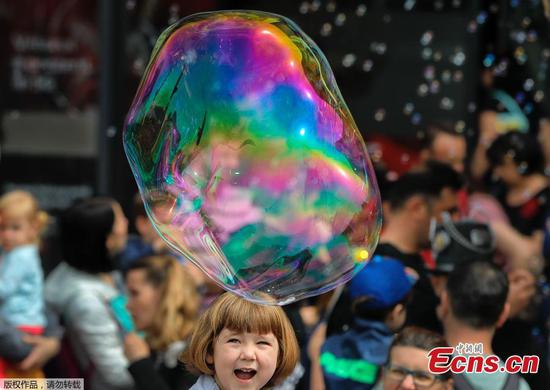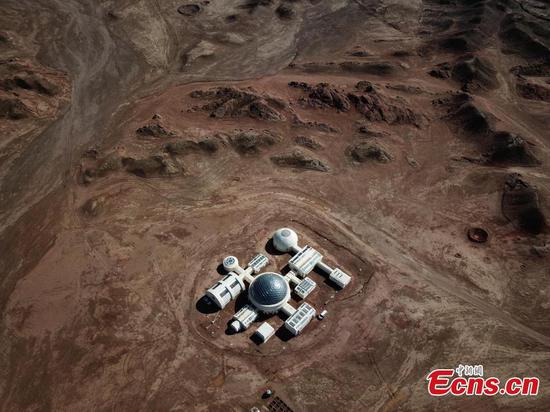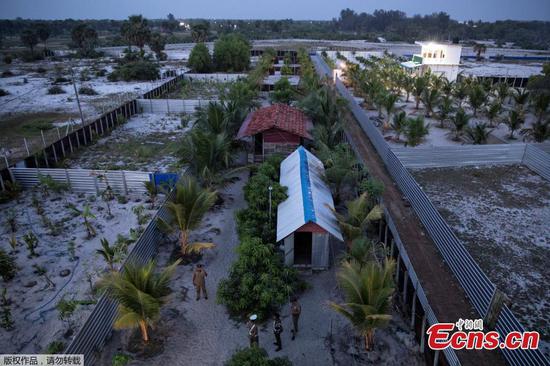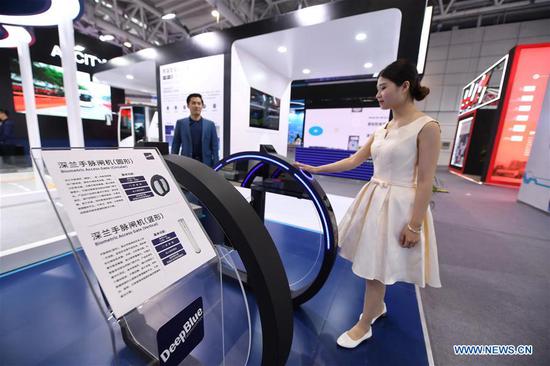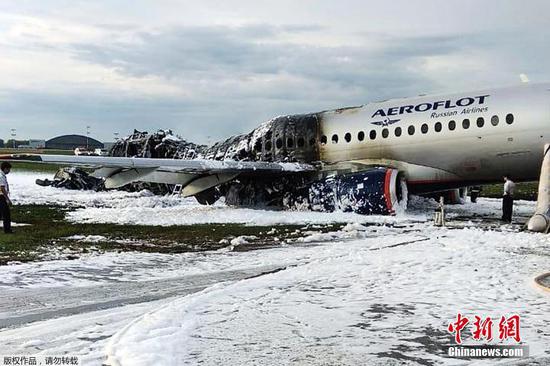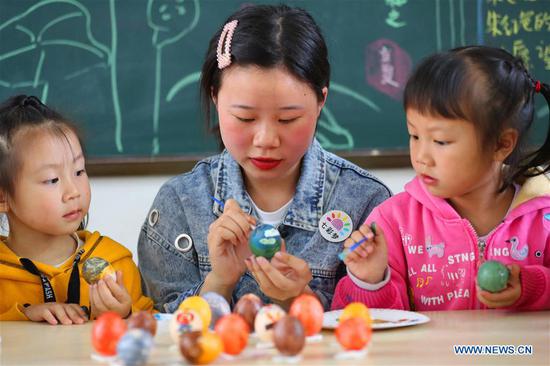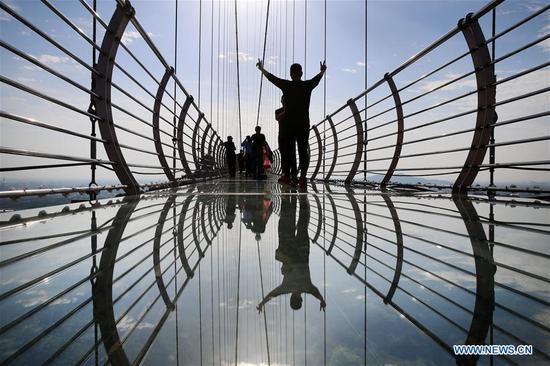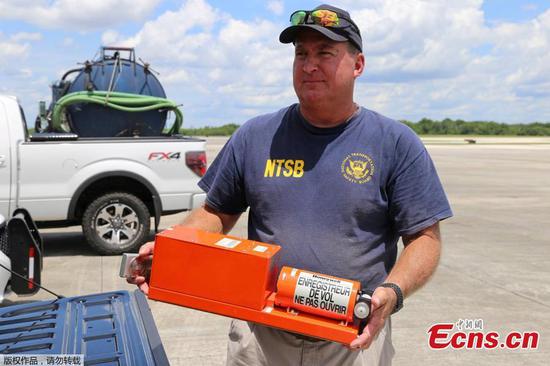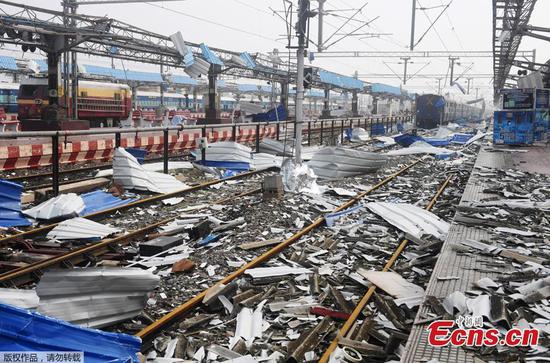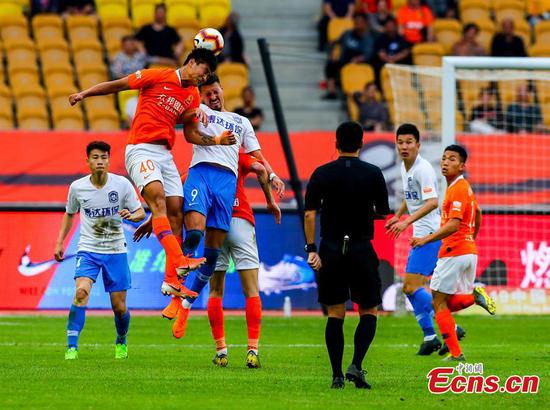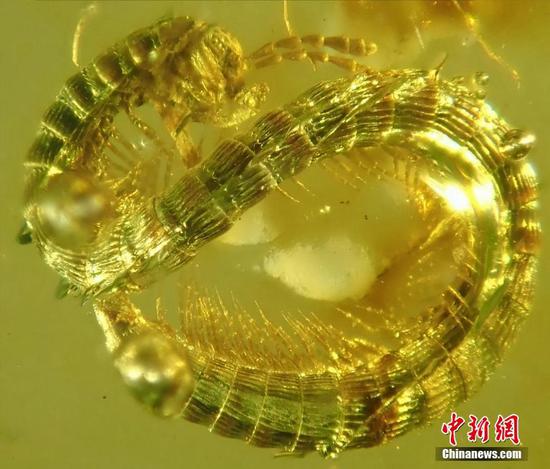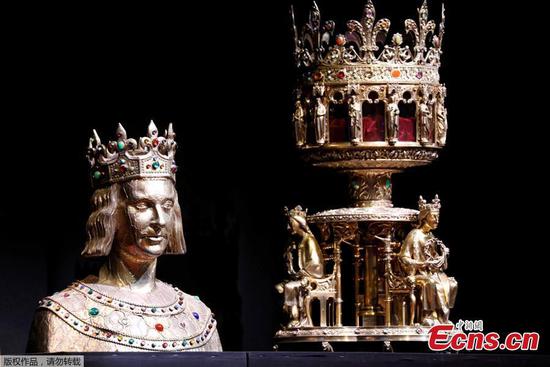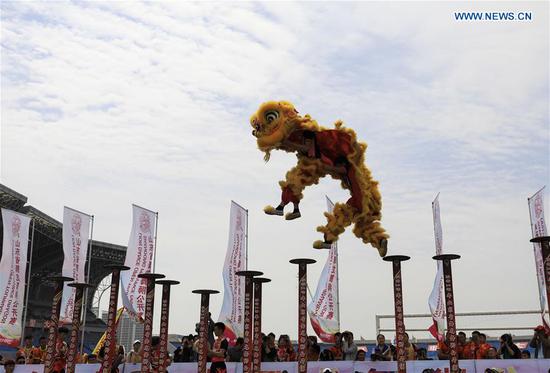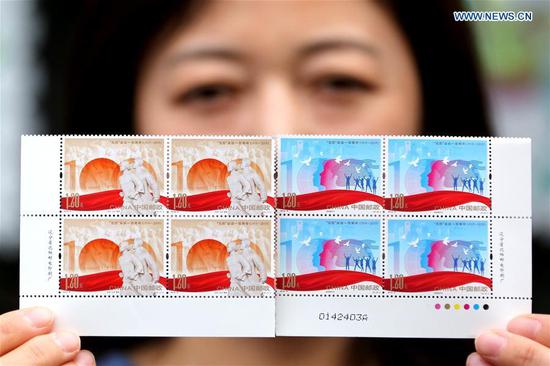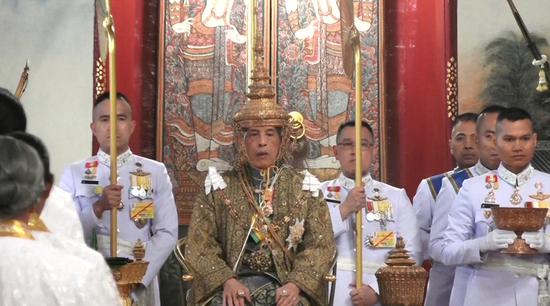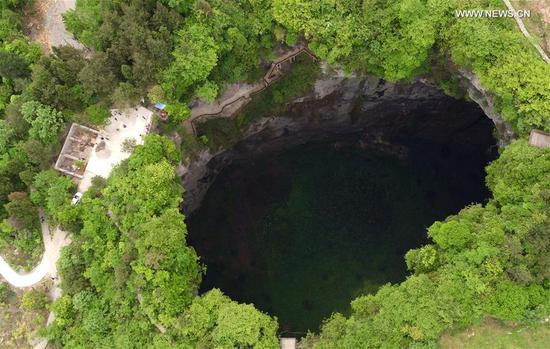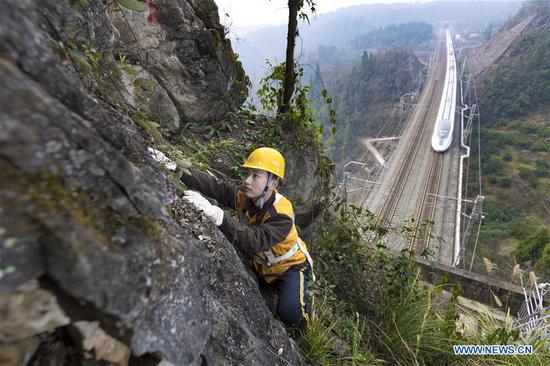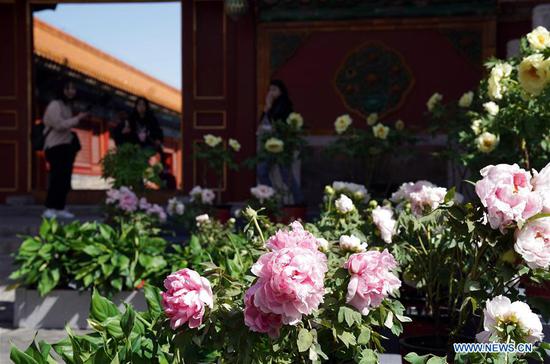
A researcher stacks glass cellphone screens for tests at a lab in Qian'an, Hebei province. (Photo/Xinhua)
China's ability to attract foreign direct investment in high-end manufacturing and high-tech service business will remain steady in the first half of 2019, as the country's economy is on the track for a new era of consumption-led growth and high-quality development, said government officials.
They made the remarks after the Ministry of Commerce said that China attracted 25.97 billion yuan ($3.87 billion) of foreign direct investment in the field of high-end manufacturing and 40.67 billion yuan of FDI in the areas of high-tech service sector in the first quarter of this year, growing 14.8 percent and 88 percent year-on-year respectively.
Thanks to the government resolve to attract more FDI through the newly passed Foreign Investment Law, tightened protection on intellectual property, segments newly identified as key to sustained growth - automation, digitalization, financial services, railway equipment, environmental technology and renewable energy - are expected to benefit, said Xin Guobin, vice-minister of industry and information technology.
China gained a total of 75.36 billion yuan of FDI in the field of manufacturing, up 12.3 percent on an annualized basis between January and March, data from the Ministry of Commerce show.
In the high-end manufacturing sector, foreign capital flowed to electronic and communications equipment manufacturing, while computer and office equipment production increased by 46.9 percent and 42.6 percent year-on-year, respectively, during the three-month period. Information services, research and development, and conversion of scientific and technological achievements, in the category of high-tech services, grew by 85 percent, 52.9 percent and 85.2 percent year-on-year respectively.
The FDI growth during the first three months was also spurred by China's rising labor costs and weak global market demand, said Lu Ming, vice-dean of the Academy of China Council for the Promotion of International Trade.
To tackle these new issues, the government began to stimulate the potential of domestic consumption and help its companies either upgrade products or shift their market focus to economies with surging demand for goods, infrastructure and commodities to restore their earnings abilities, especially with economies related to the Belt and Road Initiative, over the past five years.
Tang Wenhong, director-general of the department of foreign investment administration at the Ministry of Commerce, said companies from Europe, the United States and Japan have already discovered that it is time to invest more in China's research and development, design, science and technology businesses. New growth points will present themselves as the economy becomes more sophisticated.
Under government policies, foreign companies are encouraged to invest in high-end, smart and green manufacturing; set up innovation facilities; and strengthen cooperation with domestic peers. They will also be allowed to join national science and technology programs.
Airbus Helicopters, a subdivision of European aircraft manufacturer Airbus SE, said it has put into operation its first H135 helicopter final assembly line outside of Europe in Qingdao, Shandong province, as the company believes in the growth potential of the helicopter market in China.
According to the company, the plant serves as the first helicopter final assembly line built by a foreign manufacturer in China. The first helicopter assembled in Qingdao is expected to roll off the production line in the latter half of the year.
Nestle China also unveiled in March a new research and development center in Beijing and a system technology hub in Shenzhen to accelerate its trend-based innovation in the country, aiming to get closer to consumers and get products to market quicker.
FDI into China totaled 242.28 billion yuan from January to March of this year, up 6.5 percent year-on-year. Investment in China from South Korea, the United States and Germany, meanwhile, increased 79.6 percent, 71.3 percent and 86.1 percent year-on-year respectively.










